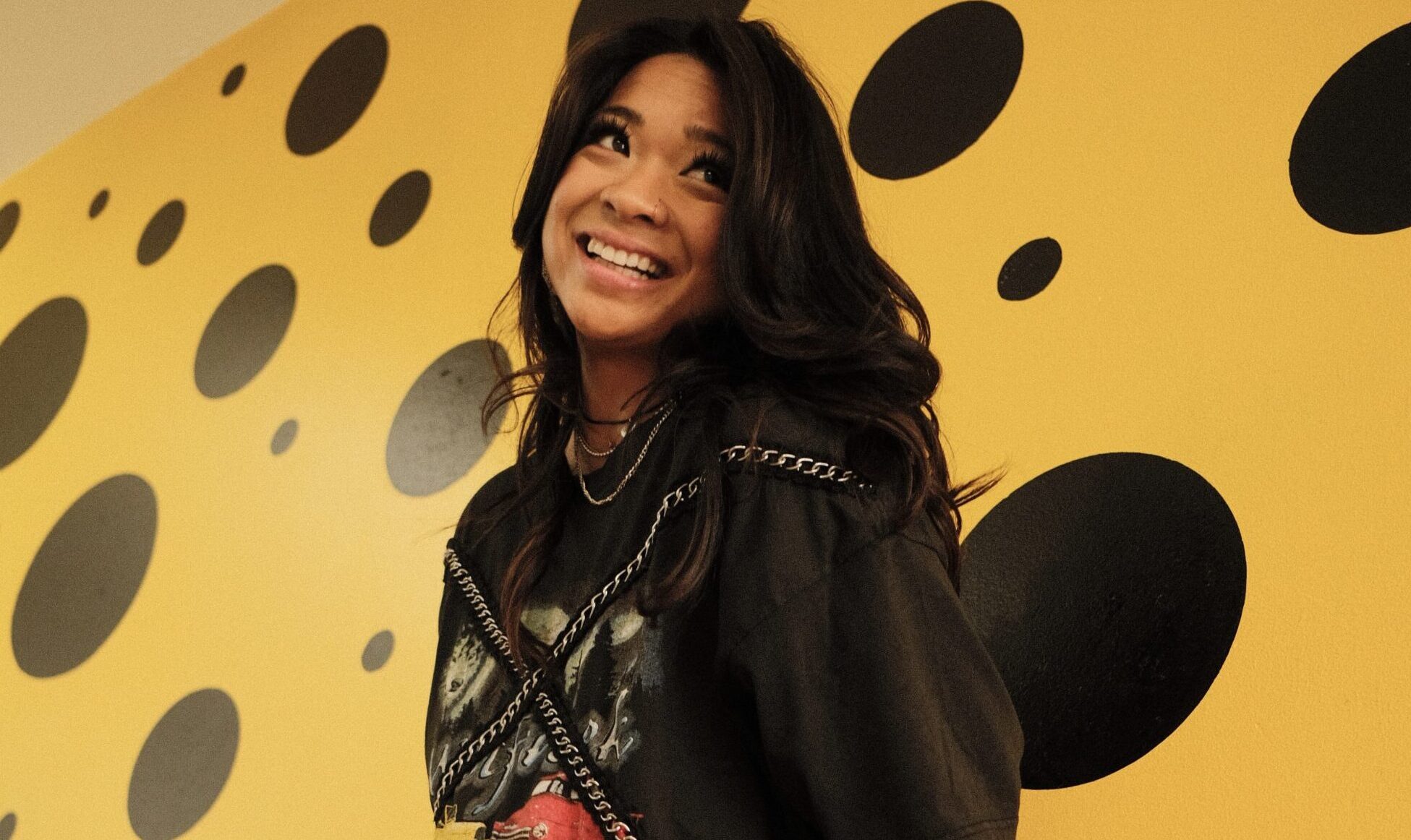In the tapestry of life, finding the courage to face our past can often unlock the doors to our truest selves and deepest passions. Amy Bennet’s journey is a testament to this transformative process. Through a series of insightful revelations and unwavering support from her family, Amy has bravely confronted her childhood trauma and discovered a new voice in her creative work. Her story is a powerful reminder that embracing our vulnerabilities can lead to profound personal growth and a more authentic expression in our art. Join us as we explore how Amy’s experiences have shaped her creative process and the wisdom she has gained along the way.
Can you describe a specific moment when you realized you needed to address your
childhood trauma to pursue your creative passions?
I don’t think there was any one moment. It was more like a series of tiny insights that perhaps
there was something under the surface that needed to be addressed. I found myself going around
in circles about certain life issues and I came to discover that I needed to do some internal work in
order to move forward.
How did you find the courage to confront and work through your trauma?
My husband and kids have had my back through the whole journey. They’ve been so supportive
and inspirational.
In what ways did your family support you during your journey of self-discovery?
My husband and my two kids have offered a lot of moral support. It’s tricky because I haven’t
wanted to burden my kids with my trauma, but now that they’re mostly grown, they’ve been the
ones coaxing me to open up and offering honest feedback.
Can you share some techniques or practices that were particularly helpful in your healing
process?
Meditation is great. I also have conversations with my younger self. I try to be there for her and
remind her that she is loved and valued.
How did you balance your roles as a wife, mother, and artist while working through your
personal challenges?
It’s definitely a plus that my kids are older now. Still, there are challenges. I love to do creative
work early in the morning. That leaves time later in the day for home and family and errands. Of
course, there are times when my creative time rolls on through the rest of the day, but my family
is very understanding.
What was the most surprising thing you learned about yourself during your healing
journey?
That I am not shy! I always believed I was shy because I had trouble talking to people. It turns out
that my shyness was an effect of the trauma. Using my voice in my childhood often got me into
trouble. Since I’ve come to understand that I will not face punishment for speaking, I’ve really
relearned how to use my voice.
How has overcoming your past trauma influenced your creative work?
In the same way that I’m no longer afraid to use my speaking voice, I am no longer afraid to use
my creative voice. My writing has become more authentic. I write what I really think and feel and
not what I believe will be most acceptable to the people around me. This has given me so much
creative freedom!
What role did therapy and meditation play in your recovery and self-acceptance?
Therapy and meditation have been so crucial to my recovery. There were so many difficult issues
that I tiptoed around for so long. It was painful at times to look at those issues and confront them,
but in the end it was so worth it. Such a weight has been lifted off my soul!
Can you discuss how your understanding of your own worth evolved through this process?
As I stated earlier, I had a lot of conversations with my younger self. I gave her comfort, but also
praise for being smart and funny and creative. I told her that she would grow up to be someone
she would be proud of, so now I have to live up to that. I see what I have come through and how
strong and resilient I am. I could be bitter and angry, but I’m not. I am breaking generational
chains of abuse and trauma, and I know my younger self is cheering me on.
What advice would you give to someone who feels their past trauma is holding them back
from pursuing their dreams?
Do the work. Go to therapy. Channel your pain into your art. Art is so cathartic! Create truthfully
and authentically, even if it makes you or other people a little uncomfortable. Release that pain
onto whatever creative canvas you choose.
How did you navigate the discomfort and challenges of addressing your trauma?
I had a goal in mind. I knew who I wanted to be, so I knew I had to keep going. In the times when
it was really hard I told myself over and over that it would be worth it. My younger self was
counting on me. She was a great motivation.
What impact has your journey had on your relationships with others?
I am so much more open now. I can share freely and I can just be myself rather than a version of
who I think people want me to be. I can let my guard down and just lean into relationships.
How do you stay motivated and inspired while working on your novel?
Honestly, I’m not always motivated or inspired. The key is to work anyway. Some days I write
paragraphs of utter nonsense for a while until I get back into a flow. You have to push through
even when inspiration is elusive.
What do you hope readers will take away from your upcoming book?
I hope readers will come to see that it’s the little things in life that make the journey worthwhile.
It sounds cliche, but it’s the theme of my story. Appreciate today’s special little moments and
don’t worry so much about tomorrow’s what-ifs.
How has your personal journey influenced your approach to your creative process and
future projects?
Coming out of a place of trauma and grief, I have come to see the value of my creative pursuits.
They feed me and heal me and help me process emotions. It’s important for me to give myself
permission to pursue these passions. I know that society may consider what I do to be frivolous,
but I know I’m a better wife, a better mom, and an overall better person when I allow myself to
be creative.
Facebook: https://www.facebook.com/acbennett2
Author page: https://amycarrollbennettbooks.wordpress.com/






